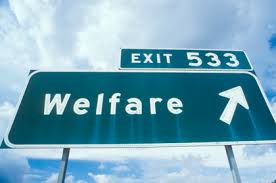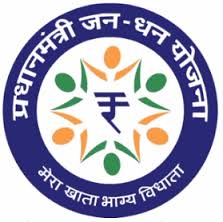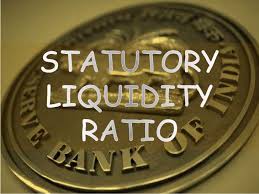In a mixed economy, the government and the market forces work together to ensure optimal allocation of resources that may help to maximize social welfare as well as corporate profits. Under welfare economics, the government is expected to play an effective role and regulate profits so that the society, as a whole, benefits the most and the gap between the rich and the poor declines.
Monopoly, as a form of market, is a price maker and has the capability of capturing the entire consumer surplus. Hence, to stop the consumers from getting exploited, the government intervenes, regulates and monitors the firm. It checks the price instability and supply of the good in the market. Hence, the monopolist is not allowed to exploit the masses.
One way to regulate a monopoly is to define its marginal cost accurately. The government sets the price of the product the monopoly produces equal to its marginal cost or average cost. In case of the former, since the marginal cost is lower than the average cost, the firm suffers a loss. Hence, the firm might not agree to this particular kind of regulation unless the government offers it a subsidy so as to cover at least its average cost. A better way is price discrimination. The firm charges high price from a set of its relatively rich customers while uses marginal cost pricing for the marginal section of the society. The profits made by selling the good to the intra-marginal users offset the losses incurred by selling to others. This is one of the most convenient ways to achieve social welfare and economic prosperity at the same time. Yet another way to tackle the issue is to define a ‘fair’ rate of return for the monopoly firm which it cannot exceed, regardless of the price charged by the firm. Here, the complication is to calculate the ‘fair’ rate.
Although limited but the importance of welfare economics in India has been realized recently, one example of which has been cited above. Researches in fields that involve huge finance and the ones that are highly risky, for instance, nuclear science, must be carried using welfare economics so that its cost and risks are minimized.
Click here for government certification in Accounting, Banking & Finance





39 Comments. Leave new
Welfare economics should be focused a lot these days, especially for developing countries.
Truly said Vedangi !
This is a new phenomenon and must be merged with behavioural economics to get a global picture of the economy.
Yes, this would be something new and interesting 🙂
Well written shatakshi ,truely based and wonderful
Thanks a lot Bish !
Amazing post!
^_^ Thanks
The government has taken a great step to bring equality in the economy.
i really like the way you write.
Haha Thank you so much Shradha 🙂
i agree with what u have written truly great.
I’m flattered 😀
Nice
Thank You !
Being a commerce student , I support the concept of welfare economics and truly believe that it must be used in all areas.
That’s really cool !
Incredible!!!… got thru mind so tremendously… welfare economics i.e satisfaction
True, welfare economics can be treated as satisfaction for the general public.
well written shatakshi but i feel you should first explain what welfare actually means… what does welfare means to a developing economy and what does it mean to a developed economy.
Thank you for the advice, i’ll keep in mind 😉
Good one! 🙂
Thanks 🙂
this aricles connects me with my class lecture.. n is quite helpful in my exams
haha This is so cool. Thanks loads !
well written shatakshi… I wish to ask a simple question… according to ypu what should be the good parameters to measure welfare and a welfare economy??
Hi Renu, I feel that a good parameter to judge welfare in the economy must be equality in all fields as well as satisfaction to the people. Now the problem that arises is that there aren’t any tools for the same. If the common people are asked directly about it, there is a great possibility of hiding their views or exaggerating things which would give a false output. Hence, output tools are yet to come.
interesting and informative
That’s nice to hear. Thank you !
nice article.
Nice article!
well explained.
A good way to bring into limelight an important subject of today
nice
interesting and informative….
Awesome Post 😀 .. Good content as well as presentation 😀
Well written!!
You have very well presented your though ts, good efforts
nice work.. keep it up!